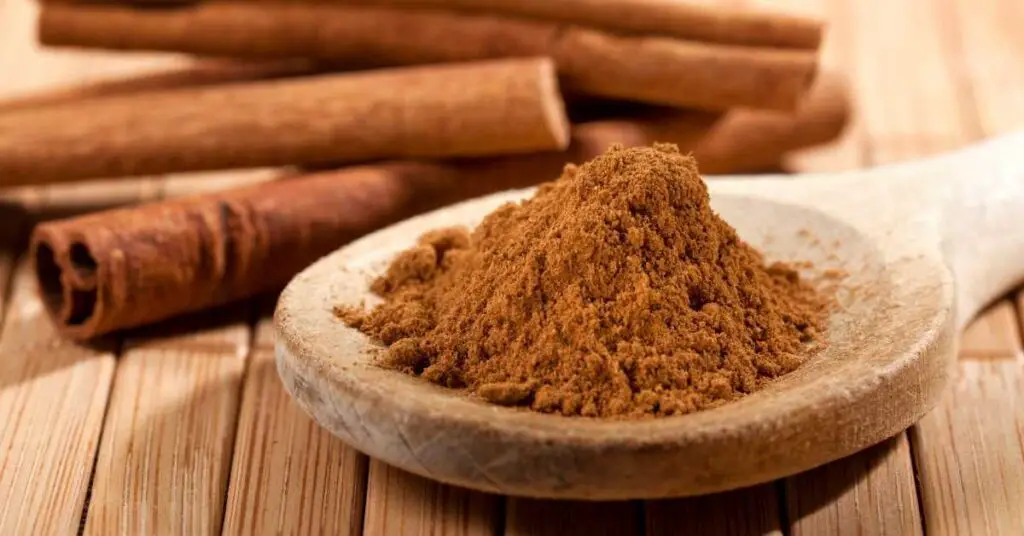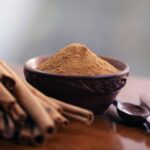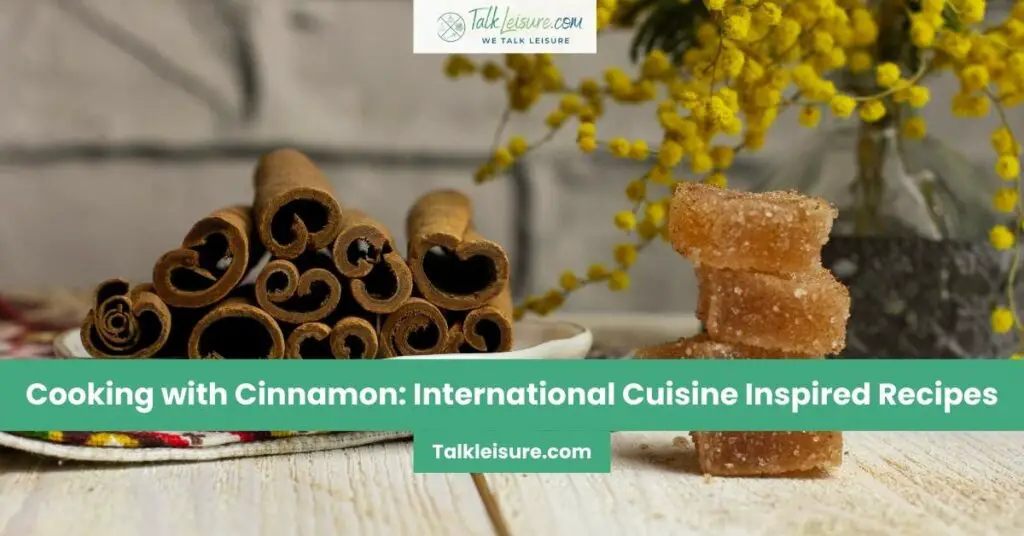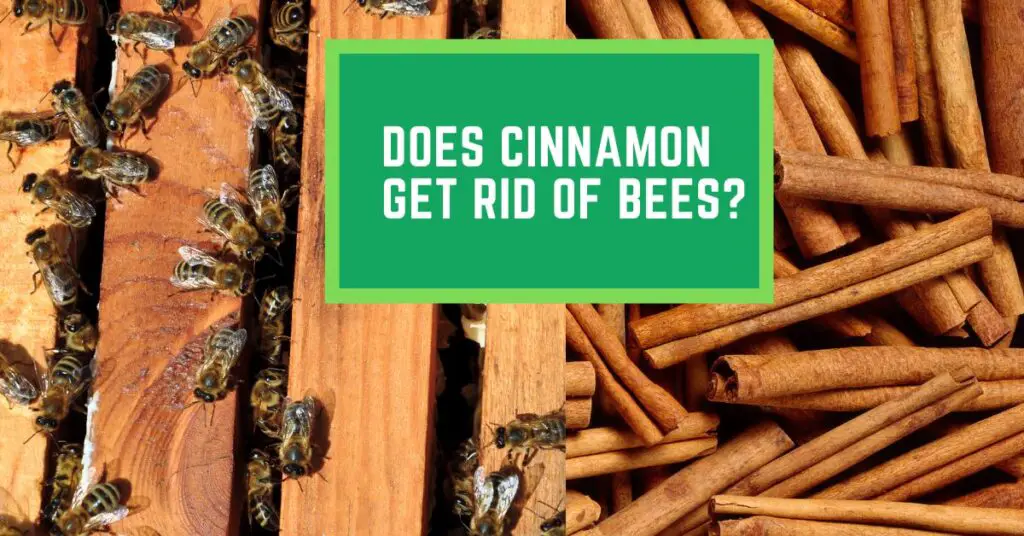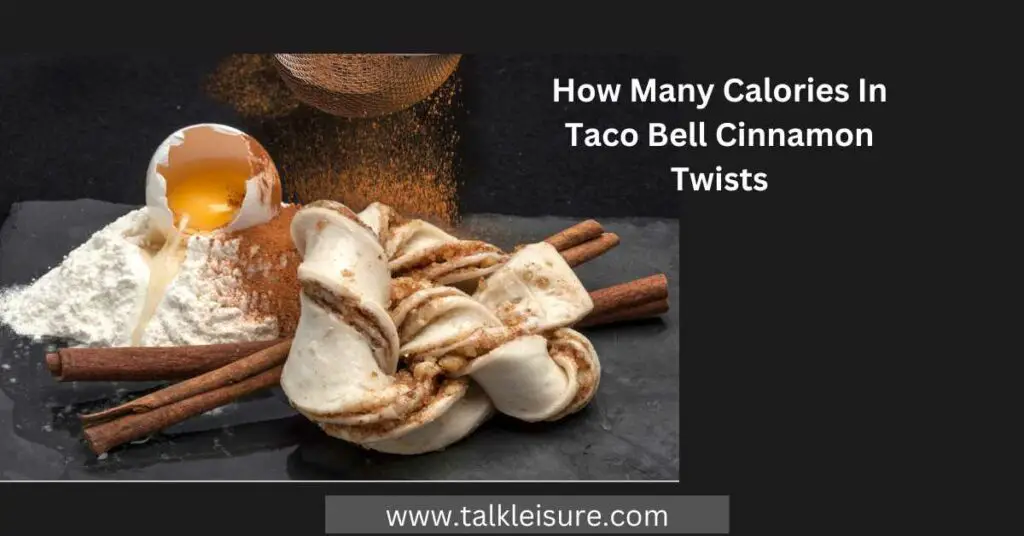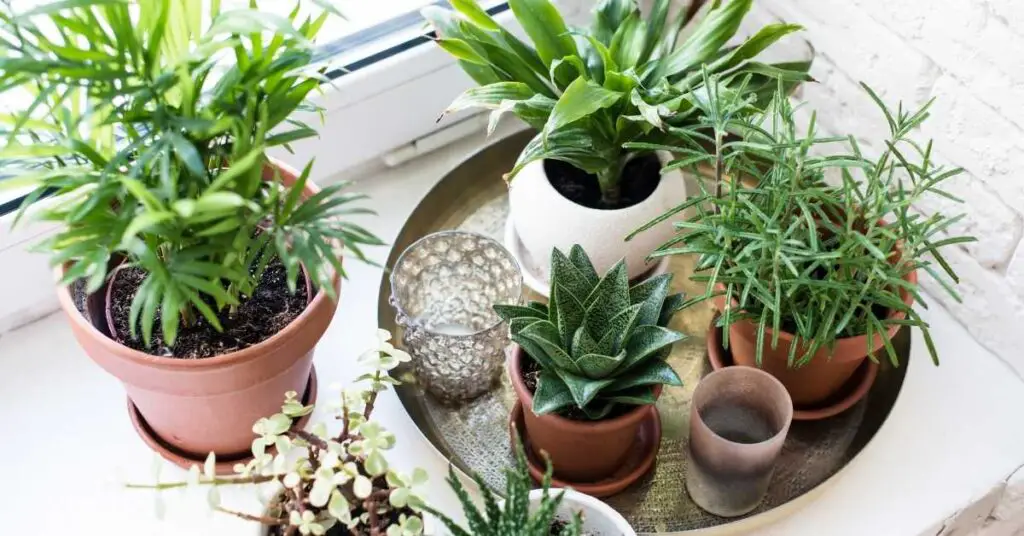Cinnamon is a spice that has been used for centuries in a variety of cuisines. It is made from the dried bark of the cinnamon tree and has a warm, sweet flavor. cinnamon sticks are the whole bark of the cinnamon tree, rolled into a tube shape. Ground cinnamon is simply this bark that has been ground into a powder. So, how much ground cinnamon equals one cinnamon stick?
Cinnamon sticks and ground cinnamon are not equal in volume. 1 cinnamon stick after being ground will result in 1/2 teaspoon of ground cinnamon.
Ground cinnamon is more potent because it has a greater surface area exposed to air, allowing for more of the essential oils that give cinnamon its flavor and fragrance to be released.
Because of this, you would need to use twice as much ground cinnamon as you would cinnamon sticks to get the same flavor profile in your dish.
If a recipe calls for 1 tablespoon of ground cinnamon, you would need 2 tablespoons of cinnamon sticks, or 6 sticks total.
When measuring out either ground cinnamon or cinnamon sticks, it’s best to use a light hand because it’s easy to oversprinkle and add too much of this potent spice.
A little ground cinnamon goes a long way!
What’s the difference between cinnamon sticks and ground cinnamon?
Cinnamon is a spice that has been used for centuries in both sweet and savory dishes. cinnamon sticks and ground cinnamon are two forms of the spice that are commonly used in cooking. The main difference between cinnamon sticks and ground cinnamon comes down to format.
Cinnamon sticks are cinnamon bark that has been rolled up into stick form, while ground cinnamon is the powdered form of the same cinnamon bark.
Both forms of cinnamon can be used in recipes, but they will impart different flavor profiles. Cinnamon sticks tend to be more mild in flavor, while ground cinnamon is more potent.
In addition, ground cinnamon will dissolve more easily in liquid, making it a better choice for recipes that call for melted butter or milk.
When substituting one form of cinnamon for another in a recipe, it is important to keep these differences in mind.
When to use ground cinnamon?
Ground cinnamon is ideal for baking and other recipes where you want a uniform flavor throughout. That’s because when cinnamon is ground, its essential oils are released, providing a stronger flavor.
Whether you’re sprinkling it on top of oatmeal or incorporating it into a cake or cookie recipe, ground cinnamon will give your dish a consistent flavor.
Just be sure to add it early in the cooking process so that the flavors have time to meld.
If you’re looking for a more intense cinnamon flavor, try using Vietnamese cinnamon or Ceylon cinnamon.
These varieties have a higher concentration of essential oils, making them more potent than the standard Saigon cinnamon.
When using either of these types of cinnamon, start with a smaller amount and adjust to taste.
When to use cinnamon sticks?
When cooking with cinnamon, it’s important to know that there are different forms that the spice can take. Ground cinnamon is the most common form, and it’s what you’re likely to find in the spice aisle of your grocery store.
Cinnamon sticks, on the other hand, are made from the inner bark of certain trees in the genus Cinnamomum.
They’re less common than ground cinnamon, but they can be found in specialty stores or online. So, when should you use each form?
Ground cinnamon is more convenient than cinnamon sticks, and it’s easy to mix into recipes. It’s also better for dry applications.
Cinnamon sticks, on the other hand, have a stronger flavor and aroma. They’re great for infusing liquids like water or milk, and they can also be used as a natural potpourri.
If you have a recipe that calls for cinnamon sticks, you can substitute ground cinnamon, but you may want to start with half the amount called for and increase it to taste.
The Art of Grinding Cinnamon Sticks: Elevating Flavor Profiles
Embark on a sensory exploration as we unveil the culinary alchemy behind grinding cinnamon sticks—a technique that transforms this humble spice into a flavor powerhouse.
When whole cinnamon sticks undergo the grinding process, the result is a finer, more potent powder, unlocking a symphony of aromas and intensifying the spice’s flavors.
This technique enhances the surface area exposed to air, facilitating the release of essential oils that define cinnamon’s distinctive taste.
The freshly ground cinnamon offers a depth and richness that surpasses pre-ground alternatives, imparting a vibrant character to both sweet and savory dishes.
Whether you’re infusing it into a savory Moroccan tagine or delicately folding it into a batch of homemade cinnamon rolls, the act of grinding cinnamon sticks is a culinary revelation, ensuring your creations resonate with the true essence of this ancient spice.
Cinnamon’s Healing Touch: Unveiling Health Benefits
Embark on a journey into the realm of wellness with cinnamon, a spice not only celebrated for its rich flavor but also revered for its myriad health benefits.
Delve into studies that suggest cinnamon’s potential to regulate blood sugar levels, making it a promising ally for those mindful of their glycemic index.
The spice’s anti-inflammatory properties add another layer of appeal, with research hinting at its role in combating inflammation—an essential aspect of overall health.
Beyond the culinary realm, cinnamon emerges as a holistic powerhouse, offering more than just a sensory delight.
Whether you’re crafting a wholesome dish or seeking a natural supplement, the health benefits of cinnamon beckon, inviting you to savor not only the taste but the wellness woven into each fragrant sprinkle.
Substituting ground cinnamon for cinnamon sticks in recipes
If a recipe calls for cinnamon sticks, you can substitute ground cinnamon, but you’ll need to use twice as much.
So if the recipe calls for 1 tablespoon of ground cinnamon, you would need 2 tablespoons of cinnamon sticks, or 6 sticks total.
When measuring out either ground cinnamon or cinnamon sticks, it’s best to use a light hand because it’s easy to oversprinkle and add too much of this potent spice.
A little ground cinnamon goes a long way!
When deciding whether to use ground cinnamon or cinnamon sticks in a recipe, it is important to consider the different properties of each form of this spice.
Ground cinnamon is more potent because it has a greater surface area exposed to air, allowing for more of the essential oils that give cinnamon its flavor and fragrance to be released.
Because of this, you would need to use twice as much ground cinnamon as you would cinnamon sticks to get the same flavor profile in your dish.
In addition, ground cinnamon will dissolve more easily in liquid, making it a better choice for recipes that call for melted butter or milk.
When substituting one form of cinnamon for another in a recipe, it is important to keep these differences in mind.
Irresistible Culinary Creations with Cinnamon
Unlock the aromatic magic of cinnamon in your culinary adventures, where this versatile spice can elevate both sweet and savory creations.
Indulge your taste buds with the comforting swirls of homemade cinnamon rolls, where ground cinnamon weaves its warm embrace into the dough, creating a delightful symphony of flavors.
Take your dessert game to the next level with a classic apple pie, where cinnamon-infused slices of apple dance in a buttery crust.
But cinnamon’s charm doesn’t stop at dessert; it seamlessly transitions into the realm of savory dishes. Picture a savory Moroccan lamb tagine, enriched with the earthy warmth of cinnamon sticks, creating a flavor harmony that lingers on the palate.
Transform your breakfast routine with a decadent serving of French toast, generously sprinkled with ground cinnamon, turning a simple morning ritual into a fragrant and delectable affair.
Whether sweet or savory, cinnamon stands as an indispensable culinary companion, adding depth and character to dishes that span the spectrum of taste sensations.
A Symphony of Cinnamon Varieties
Dive into the enchanting world of cinnamon as we unravel the nuances of distinct varieties, each lending its own unique essence to culinary creations.
Saigon cinnamon, with its bold and intense flavor, hails from Vietnam, offering a robust and spicy profile that can ignite the senses. On the other hand,
Ceylon cinnamon, often referred to as “true cinnamon,” unveils a delicate and citrusy sweetness, originating from Sri Lanka, making it a delightful addition to desserts and beverages.
Journey to Indonesia, and you’ll encounter the warm and woody notes of Korintje cinnamon, a spice that strikes a perfect balance between sweet and savory applications.
These cinnamon varieties not only differ in flavor but also carry distinct aromatic signatures, transforming the ordinary into the extraordinary.
Whether you’re seeking a spicy kick, a subtle sweetness, or a harmonious blend of both, the diverse world of cinnamon varieties beckons, inviting you to savor the richness of each unique offering.
Cinnamon Infusion: Trending Delights in Modern Culinary Creations
Embark on a flavorful journey into the heart of culinary trends, where cinnamon takes center stage in the latest sensation—the horchata latte.
This contemporary twist on a classic drink combines the richness of coffee with the creamy, spiced allure of horchata, infused with the warm notes of cinnamon.
The horchata latte has become a must-try for those seeking a sophisticated and comforting beverage experience.
This innovative use of cinnamon speaks to the evolving landscape of culinary creativity, where traditional spices find new life in trendy and Instagram-worthy concoctions.
As the horchata latte graces the menus of hip cafes and cozy corners alike, cinnamon proves its timeless appeal, adapting to modern tastes while retaining its essence as a beloved and versatile spice.
Indulge in the latest culinary trend and savor the marriage of coffee and cinnamon, a delightful union that exemplifies the ever-evolving world of flavors.
Conclusion
In conclusion, it is difficult to give a precise answer to the question of how much ground cinnamon equals one cinnamon stick. This is because the size and density of cinnamon sticks can vary significantly. Of course, this may need to be adjusted according to taste. Ultimately, the best way to achieve the desired flavor is to experiment until you find the perfect ratio for your needs.
FAQs
What are some substitutes for cinnamon?
Some common substitutes for cinnamon include nutmeg, allspice, and cloves.
Can I use cinnamon in savory dishes?
Yes, cinnamon can be used in savory dishes such as stews and certain baked goods to add depth of flavor.
How can I make ground cinnamon from cinnamon sticks?
You can make ground cinnamon by grinding cinnamon sticks into a fine powder using a spice grinder or mortar and pestle.
What is the best substitute for cinnamon in recipes?
Nutmeg is often considered the best substitute for cinnamon, providing a similar warm, spicy flavor.
What can I use instead of cinnamon in pumpkin pie?
Pumpkin pie spice, which typically contains cinnamon along with other spices, can be used as a substitute for cinnamon in pumpkin pie recipes.
Are there specific savory recipes that call for ground cinnamon?
Yes, certain savory recipes, especially Middle Eastern and North African dishes, may call for ground cinnamon to add a warm and slightly sweet flavor to the dish.

